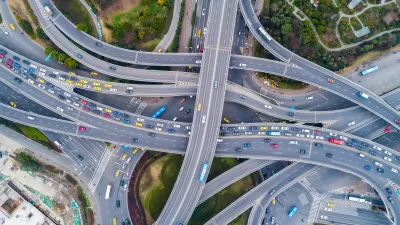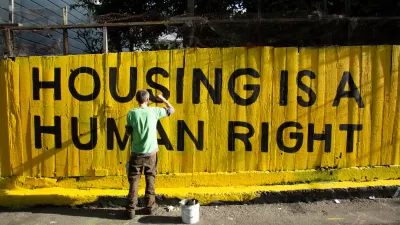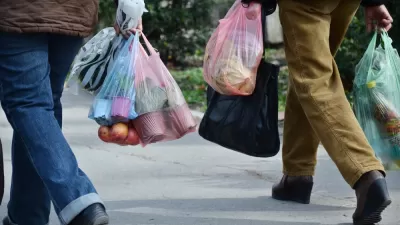If you think your city is doing all it can to make its public spaces pleasant for all residents, think again. From “pig’s ears” to the "Camden Bench", Frank Swain explores the "secret tricks" cities use to make spaces uncomfortable and unattractive.

"When Selena Savic walks down a city street, she sees it differently to most people," writes Swain. "Whereas other designers might admire the architecture, Savic sees a host of hidden tricks intended to manipulate our behaviour and choices without us realising – from benches that are deliberately uncomfortable to sculptures that keep certain citizens away."
"Modern cities are rife with these 'unpleasant designs', says Savic, a PhD student at the Ecole Polytechnique Federerale de Lausanne in Switzerland, who co-authored a book on the subject this year."
Though such designs are often intended to cause physical discomfort, they raise some uncomfortable ethical questions as well. "Indeed, one of the main criticisms of such design is that it aims to exclude already marginalised populations such as youths or the homeless," notes Swain. "Unpleasant design, Savic says, 'is there to make things pleasant, but for a very particular audience. So in the general case, it’s pleasant for families, but not pleasant for junkies.'”
FULL STORY: Secret city design tricks manipulate your behaviour

Alabama: Trump Terminates Settlements for Black Communities Harmed By Raw Sewage
Trump deemed the landmark civil rights agreement “illegal DEI and environmental justice policy.”

Planetizen Federal Action Tracker
A weekly monitor of how Trump’s orders and actions are impacting planners and planning in America.

The 120 Year Old Tiny Home Villages That Sheltered San Francisco’s Earthquake Refugees
More than a century ago, San Francisco mobilized to house thousands of residents displaced by the 1906 earthquake. Could their strategy offer a model for the present?

Indy Neighborhood Group Builds Temporary Multi-Use Path
Community members, aided in part by funding from the city, repurposed a vehicle lane to create a protected bike and pedestrian path for the summer season.

Congestion Pricing Drops Holland Tunnel Delays by 65 Percent
New York City’s contentious tolling program has yielded improved traffic and roughly $100 million in revenue for the MTA.

In Both Crashes and Crime, Public Transportation is Far Safer than Driving
Contrary to popular assumptions, public transportation has far lower crash and crime rates than automobile travel. For safer communities, improve and encourage transit travel.
Urban Design for Planners 1: Software Tools
This six-course series explores essential urban design concepts using open source software and equips planners with the tools they need to participate fully in the urban design process.
Planning for Universal Design
Learn the tools for implementing Universal Design in planning regulations.
Clanton & Associates, Inc.
Jessamine County Fiscal Court
Institute for Housing and Urban Development Studies (IHS)
City of Grandview
Harvard GSD Executive Education
Toledo-Lucas County Plan Commissions
Salt Lake City
NYU Wagner Graduate School of Public Service





























